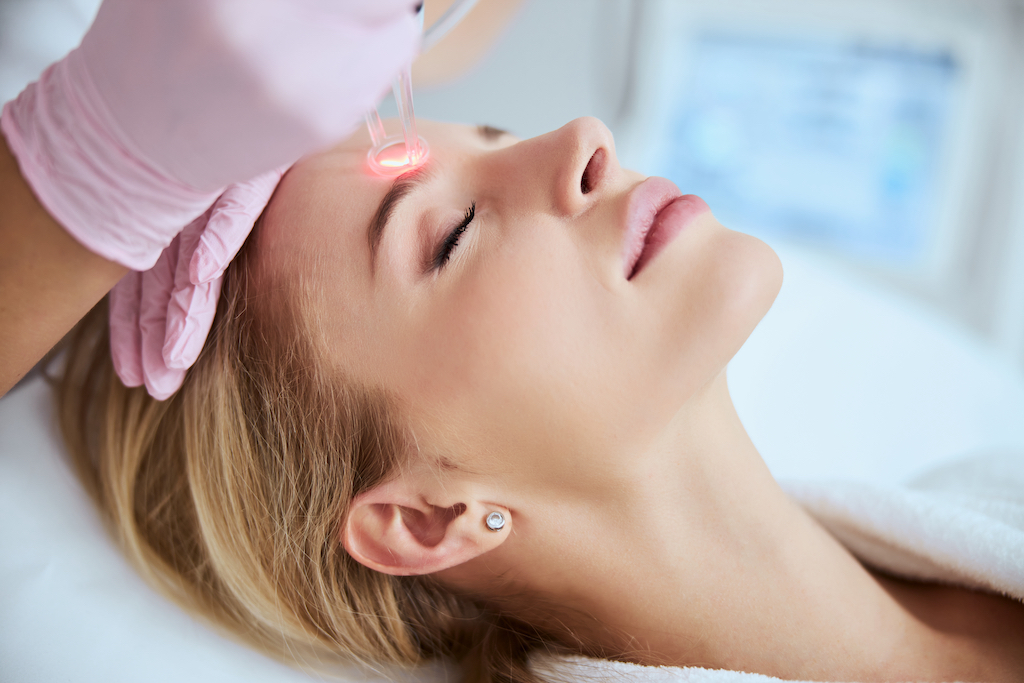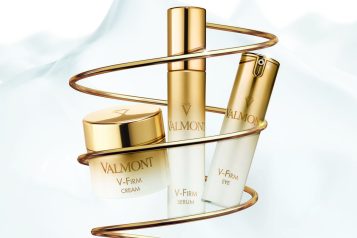 Photo Credit: Shutterstock
Photo Credit: Shutterstock
Life isn’t perfect, but your skin can be. At Prima Center for Plastic Surgery, Haute Beauty expert Dr. Earl Stephenson offers both laser resurfacing and rejuvenation therapy to all patients. To decipher whether you need DOT therapy for resurfacing or the ND: YAG laser for rejuvenation, read more on the details below:
DOT Therapy for Resurfacing
If you are looking to reverse the effects and appearance of the skin that is sun damaged or altered by ace scars, wrinkles, and fine lines, DOT therapy is for you. Performed by one of Prima Center for Plastic Surgery's board-certified cosmetic surgeons, the laser is customizable to specifically match the needs of your skin.
Laser skin resurfacing works by using controlled light beams with high intensity to vaporize and remove the upper layer of your skin. When your damaged skin is removed, it allows the new skin to grow. The advanced technology has two types of technical variations: CO2 (ablative) and Erbium (nonablative). Which treatment you choose will depend on your aesthetic goals. The more aggressive, ablative procedure will remove the skin, whereas the lighter treatment, nonablative and the most popular, does not remove any skin but stimulates the deeper layers of the skin to initiate collagen growth. Regardless of which variation is used on your skin, both will help the skin regenerate and resurface in as little as one session.
ND:YAG Laser for Rejuvenation
As you age, your skin becomes more elastic, it's inevitable. Thankfully with laser skin tightening treatment, you can achieve your cosmetic goals. Laser skin tightening treatment is a minimally invasive procedure that combines the use of a laser to heat the skin from below while also measuring the temperature of your skin with a thermal camera. The deep dermal heating causes a contraction of existing collagen and stimulates new collagen and elastic formation. This procedure can be used on the face and lower neck, upper arms, inner thighs, upper back, and lower abdomen.
Unlike DOT therapy for resurfacing, the changes in the treated areas can take around 8 to 10 weeks to be fully visible but most patients realize change at 2 to 3 weeks. As the results are gradual, they are impressive but can not be compared to a surgical procedure.





















